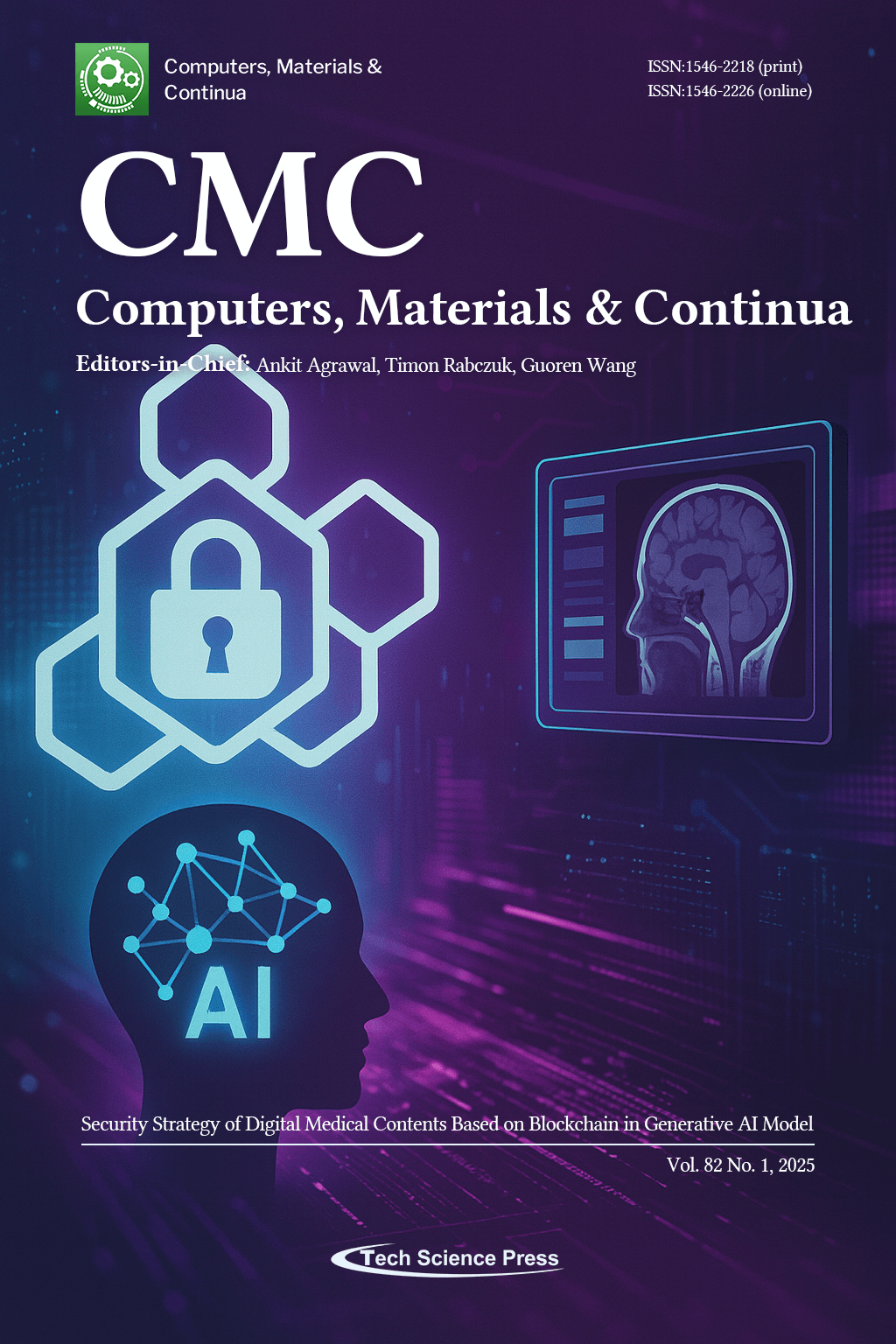
This study explores a blockchain-integrated approach to enhance the security of generative AI-based visual medical content. It analyzes vulnerabilities in medical AI systems, including model attacks and privacy issues, and evaluates performance metrics like detection and error rates. By applying blockchain for data integrity and transparency, the research proposes a robust method to protect sensitive medical data and improve the reliability and safety of AI-generated diagnostic content.
The cover image was created with AI-generated content via ChatGPT 4.0, and it contains no copyrighted elements or misleading representations.
View this paper